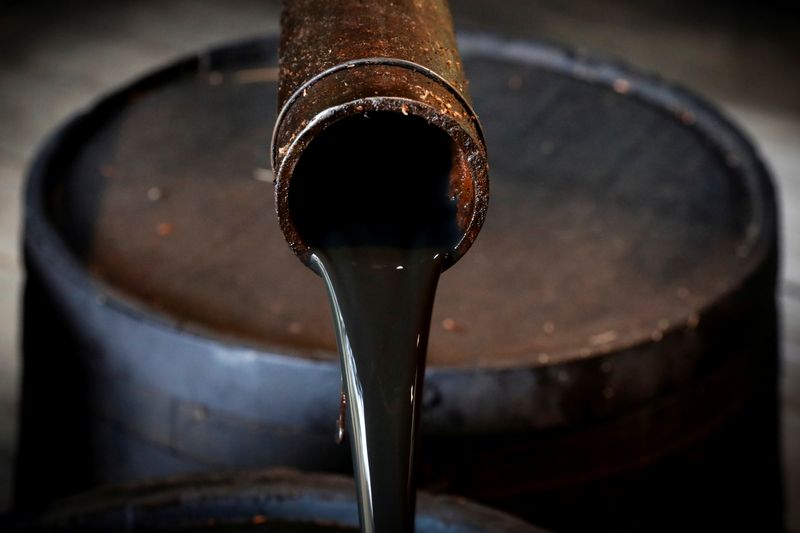(Reuters) – U.S. crude stocks and distillate inventories fell in the latest week as refiners picked up processing rates, though fuel demand weakened, the Energy Information Administration said on Wednesday.
Crude inventories <USOILC=ECI> fell by 2 million barrels in the week to Sept. 25 to 492.4 million barrels, compared with analysts’ expectations in a Reuters poll for a 1.6 million-barrel rise.
Exports rose while imports fell, helping facilitate the drawdown. Net U.S. crude imports <USOICI=ECI> fell last week by 536,000 barrels per day, EIA said, to 1.6 million bpd.
“The export number for crude was big… and then the flip side of that was the imports were slack. That combination drove the decline in crude oil inventories in a big way because the utilization rate is still anemic even though it did tick up,” said John Kilduff, partner at Again Capital in New York.
Distillate stockpiles <USOILD=ECI>, which include diesel and heating oil, fell by 3.2 million barrels in the week versus expectations for a 917,000-barrel drop, the EIA data showed.
Refinery crude runs <USOICR=ECI> rose by 300,000 barrels per day in the last week, EIA said. Refinery utilization rates <USOIRU=ECI> rose by 1 percentage points, in the week.
“Refiners are starting to tick up activity a bit, gasoline demand was solid. It shows the trend of tightening supply in the U.S.,” said Phil Flynn, analyst at Price Futures Group in Chicago.
Prices were little changed. At 10:52 a.m. ET (1452 GMT), Brent <LCOc1> was down 0.6%, or 24 cents, to $40.79 a barrel, while U.S. crude <CLc1> rose 33 cents to $39.63 a barrel.
U.S. gasoline stocks <USOILG=ECI> rose by 683,000 barrels in the week to 228.2 million barrels, the EIA said, compared with expectations for a 1.1 million-barrel drop.
Product supplied, a proxy for fuel demand, dropped in the most recent week, particularly due to a falloff in distillate demand, though gasoline product supplied rose modestly.
(Reporting By Stephanie Kelly, Laila Kearney and David Gaffen; Editing by David Gregorio)





















